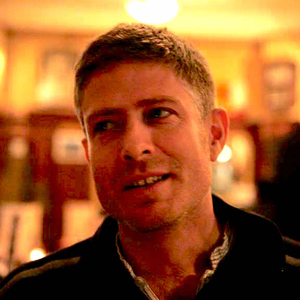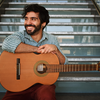I am a neurologist, musician, and neuroscientist. My research involves the application of neuroscience to restore musical expression to individuals who have lost musical ability due to motor and language deficits. Je suis neurologue, musicien, et neuroscientifique. Je fais de la recherche sur l'application de neuroscience et musique à des patients qui ont perdus la capabilité de créer de la musique.

Thomas DEUEL
Composer, Performer
Main interests
Music with Electronics, Inter-disciplinary Projects, Composition for Ensemble, Collaborative Projects
Instruments played
guitar, trumpet
Member since
Nov. 14, 2017
 About
About
Much of my life was dominanted by parallel and somewhat conflicting passions for both music and neuroscience. I grew up in the United States, studying music since around age 3, playing recorder, trumpet, studying in choir, guitar. After high school, I lived in France for one year, studying art and literature.
Then in University, I started a concentration in Music Compostion, with the intention of doing Jazz Composition, but then transitioned to Molecular Biology, and the science won out for the time being. Nonetheless, while studying science, I continued music studies, both formal and informal.
After university, I lived in New York City, Venezuela, and Boston, where I did a combined MD and PhD program, getting my doctorate in Neuroscience. While in Boston, I concurrently pursued a jazz studies certificate from New England Conservatory.
Most recently I have lived in Seattle, where I did a fellowship in Clinical Neurophysiology, pursuing research in studies of music processing in the brain using EEG techniques. At this time, the battle between music and neuroscience within me was settled, and I began to combine the two disciplines into a common practice.
While working as a staff Neurologist at Swedish Hopsital in Seattle, I have continued research at the University of Washington as faculty in the School of Music as well as the center for digital art and experimental media. I have invented and further developed a brain-music interface, which I call the Encephalophone, allowing one to generate music in real time without movement. I have begun clinical trials of the Encaphalophone to restore musical ability to patients who are paralyzed from motor disability due to stroke, ALS, MS, or spinal cord injury.

